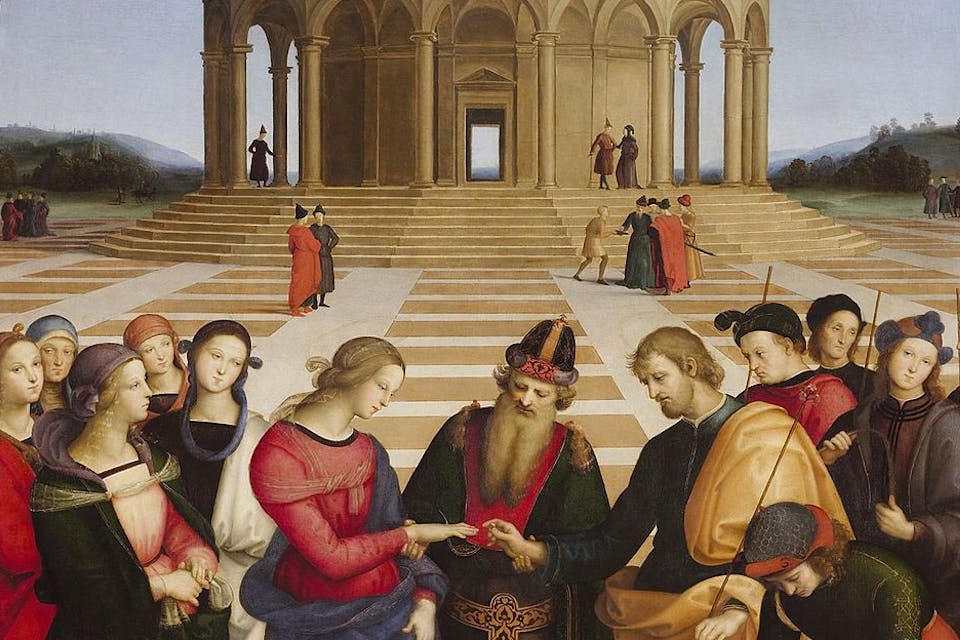
July 31, 2020
The Once and Future Temple, Part II
Christian Renaissance paintings of the Temple are the visual record of a theology that had devastating consequences in the lives of Jews from antiquity to the Middle Ages and beyond.
This is part two of a two-part essay on the depiction of the Temples in Jerusalem in art made primarily for Christians. Part one, which outlined the concepts this part provides examples for, is available here.
In the first part of this examination of the depiction of the Temple in Jerusalem in Renaissance painting, we saw that it very often took on architectural features of the 7th-century monument erected on the physical site of the Temple Mount, the Dome of the Rock. Northern and Southern Renaissance painters adapted the dome design to the religious, historical, and aesthetic sensibilities of their time and place. And we brought that discussion to a close by observing the dilemma felt by painters—Northern and Southern—for whom sanctified, religious space was defined by graven images that they thought the Jews were prohibited to display.
Keeping all this in mind, I want to examine and juxtapose two Renaissance depictions of the imagined Jewish Temple. The first is an example from the Northern Renaissance: “The Miracle of the Rod and the Betrothal of the Virgin” by Robert Campin. Painted between 1420-30, it is now housed in the Prado in Madrid.